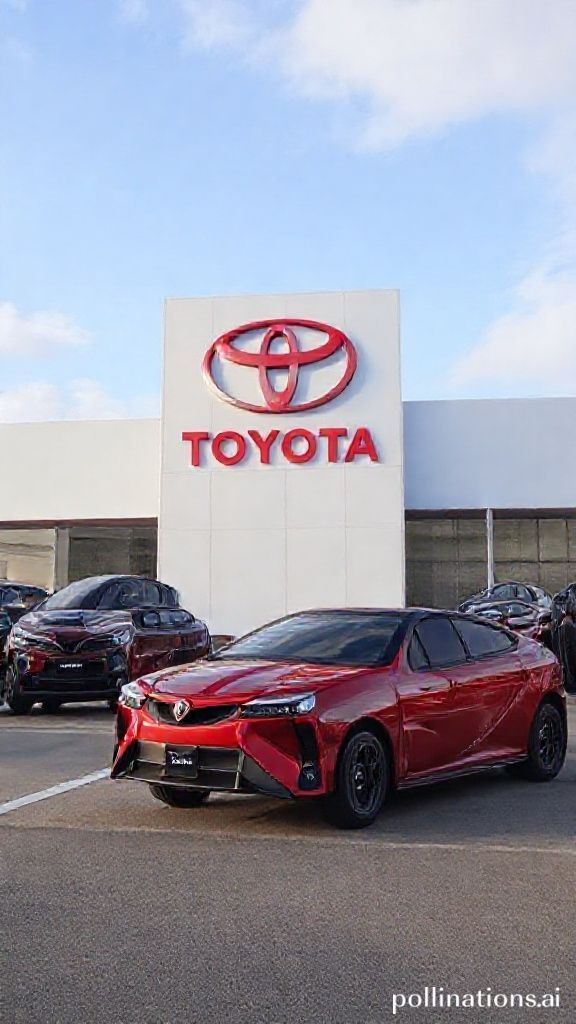
The 'City Killer' Asteroid A 3.1% Chance of Impact in 2032
The 'City Killer' Asteroid A 3.1% Chance of Impact in 2032
The City Killer Asteroid A 3.1% Chance of Impact in 2032
As concerns about asteroid threats continue to grow, a recent development has sparked attention around a particularly significant space rock. NASA has reported that an asteroid known as 2024 YR4 now has a 3.1% chance of hitting Earth in 2032. In this blog post, we'll delve into the details of this city killer asteroid and explore what it means for our planet.
Characteristics and Detection
2024 YR4 was first detected on December 27, 2024, by the El Sauce Observatory in Chile. Estimates suggest that the asteroid measures between 130 and 300 feet (40-90 meters) wide, based on its brightness. Analysis of its light signatures indicates a fairly typical composition.
Impact Probability
According to NASA's latest calculations, the impact probability for 2024 YR4 is now at 3.1%, with a potential Earth impact date of December 22, 2032. This translates to odds of one in 32 – roughly equivalent to correctly guessing the outcome of five consecutive coin tosses.
Historical Context
The last time an asteroid of greater than 30 meters in size posed such a significant risk was Apophis in 2004, when it briefly had a 2.7% chance of striking Earth in 2029 – a possibility later ruled out by additional observations. Surpassing that threshold is historic, said Richard Moissl, head of the European Space Agency's planetary defense office.
The James Webb Space Telescope and Its Role
Data from the James Webb Space Telescope (Webb) will be key in better understanding the asteroid's trajectory. As Bruce Betts, chief scientist for the Planetary Society, notes, Webb is able to see things that are very, very dim – which is crucial because 2024 YR4's orbit currently takes it out towards Jupiter, and its next close approach won't be until 2028.
Potential Impact
If 2024 YR4 were to enter Earth's atmosphere, the most likely scenario would be an airburst, meaning it would explode mid-air with a force of approximately eight megatons of TNT – more than 500 times the power of the Hiroshima bomb. However, if its size is closer to the higher end of estimates, an impact crater cannot be ruled out.
Potential Impact Corridor
The potential impact corridor spans the eastern Pacific, northern South America, the Atlantic, Africa, the Arabian Peninsula, and South Asia. While Moissl emphasizes that it's far too early for people to consider drastic decisions like relocation, the news is certainly concerning.
Lessons Learned from DART
NASA's 2022 DART (Double Asteroid Redirection Test) mission proved that spacecraft can successfully alter an asteroid's path. Scientists have also theorized other methods, such as using lasers to create thrust by vaporizing part of the surface, pulling it off course with a spacecraft's gravity, or even using nuclear explosions as a last resort.
Conclusion
The city killer asteroid 2024 YR4 presents a significant threat, but there is no need for alarm. By closely monitoring the situation and utilizing innovative technologies like the James Webb Space Telescope, we can better understand its trajectory and potentially mitigate any risks. As astronomers continue to gather more data, the probability of impact will likely edge up before rapidly dropping to zero.
Key Takeaways
• 2024 YR4 has a 3.1% chance of hitting Earth in 2032.
• The asteroid measures between 130 and 300 feet (40-90 meters) wide.
• NASA's Webb Space Telescope will play a crucial role in understanding the asteroid's trajectory.
• There are various methods to potentially alter the asteroid's path, including spacecraft deflection or laser-induced propulsion.
References
1. NASA. (2023). Asteroid 2024 YR4. Retrieved from
2. Planetary Society. (2023). 2024 YR4 A City-Killer Asteroid. Retrieved from
Statistics
• The odds of correctly guessing the outcome of five consecutive coin tosses are approximately 1 in 32, similar to the impact probability of 2024 YR4.
• An airburst from 2024 YR4 would have a force equivalent to over 500 times that of the Hiroshima bomb.
Keywords
• Asteroids
• NASA
• Webb Space Telescope
• DART mission
• City killer
• Impact probability
• Airburst
• Laser-induced propulsion
By addressing this critical issue and exploring innovative solutions, we can better prepare ourselves for potential threats like 2024 YR4 and ensure a safer future for our planet.




